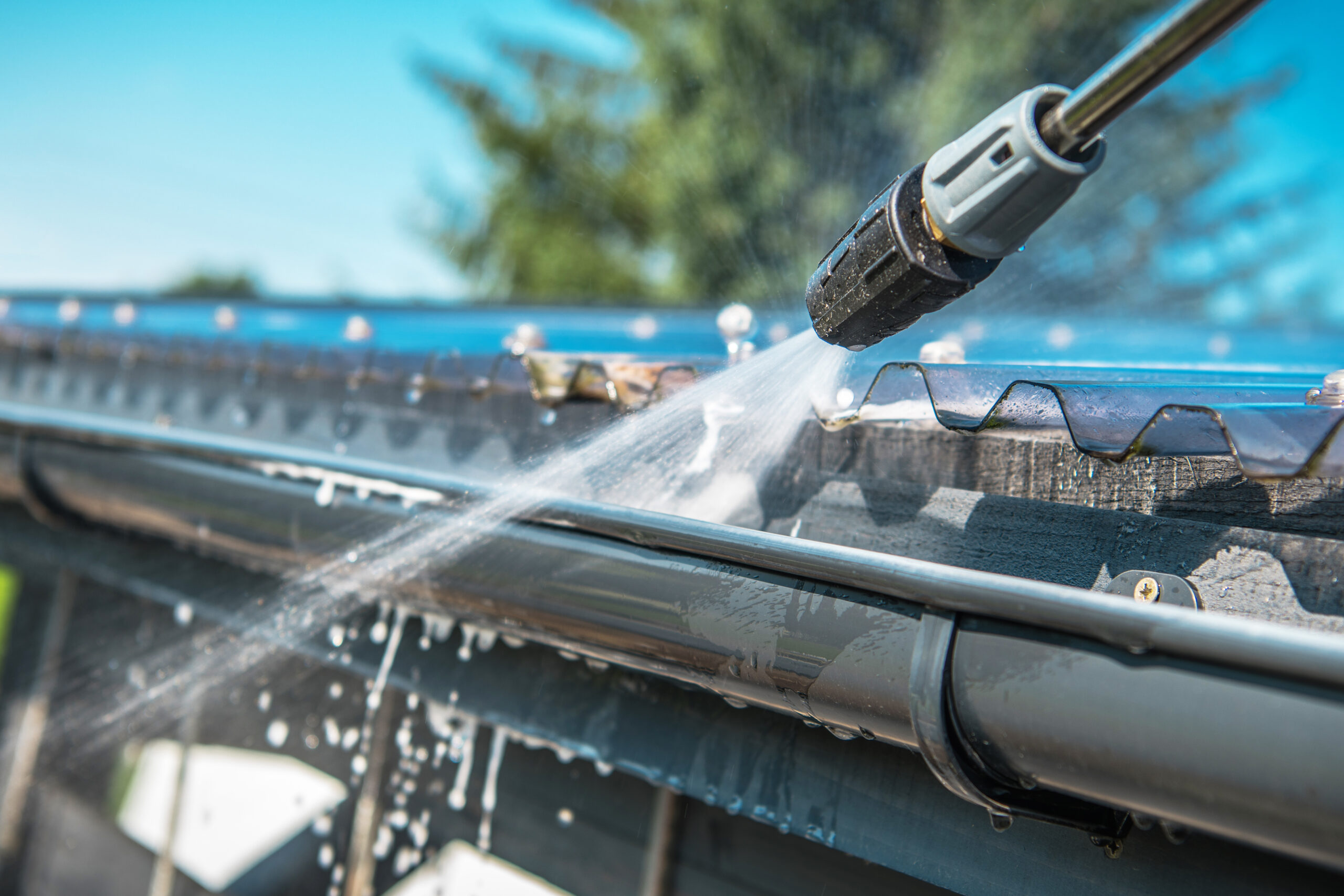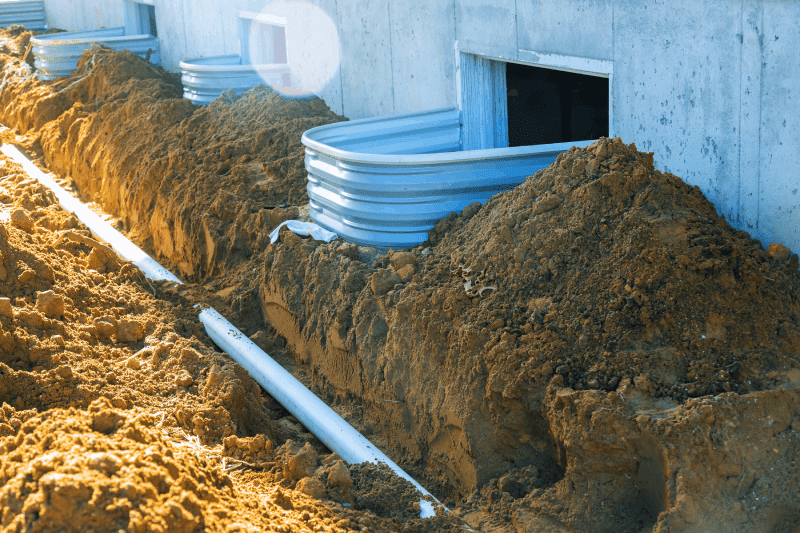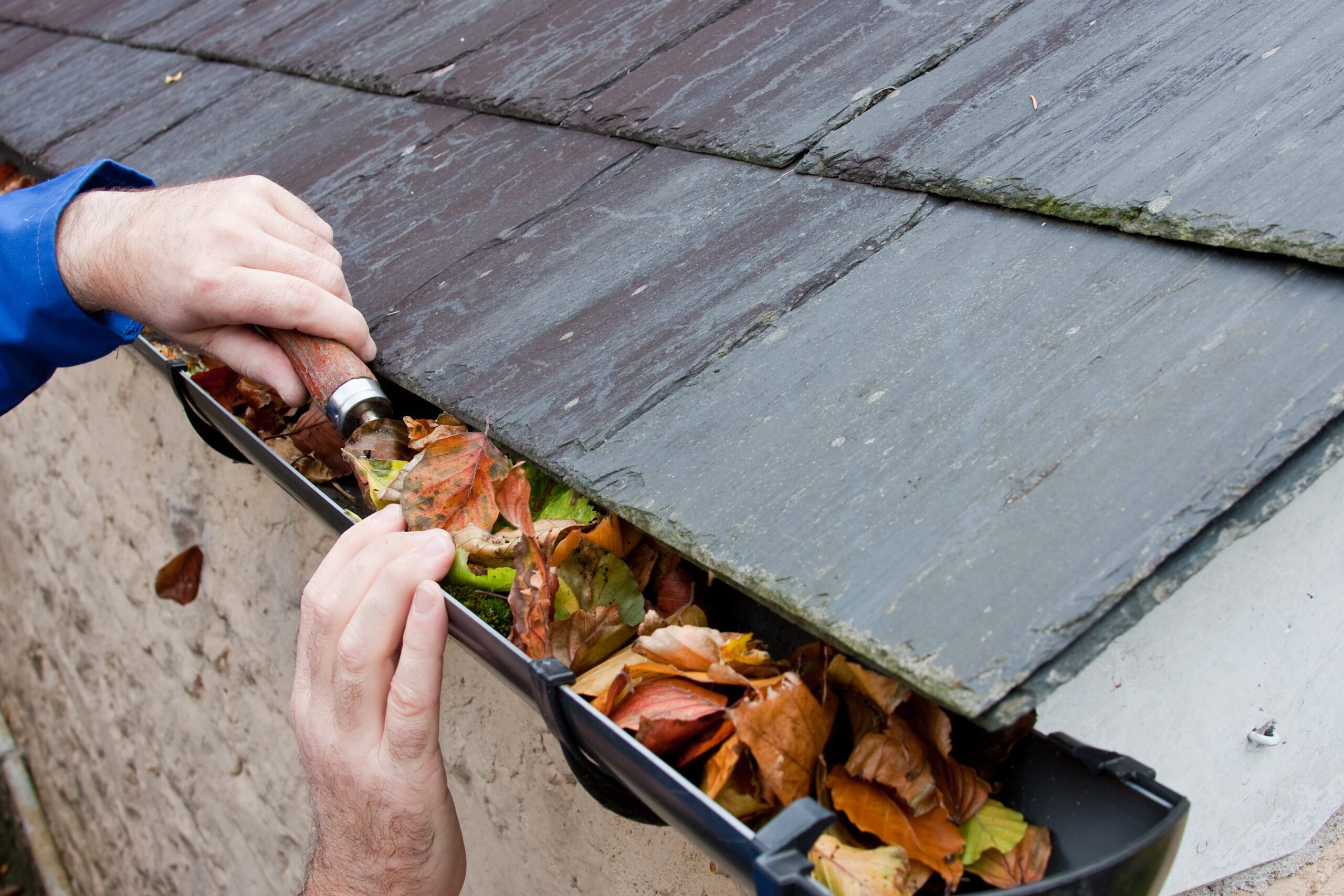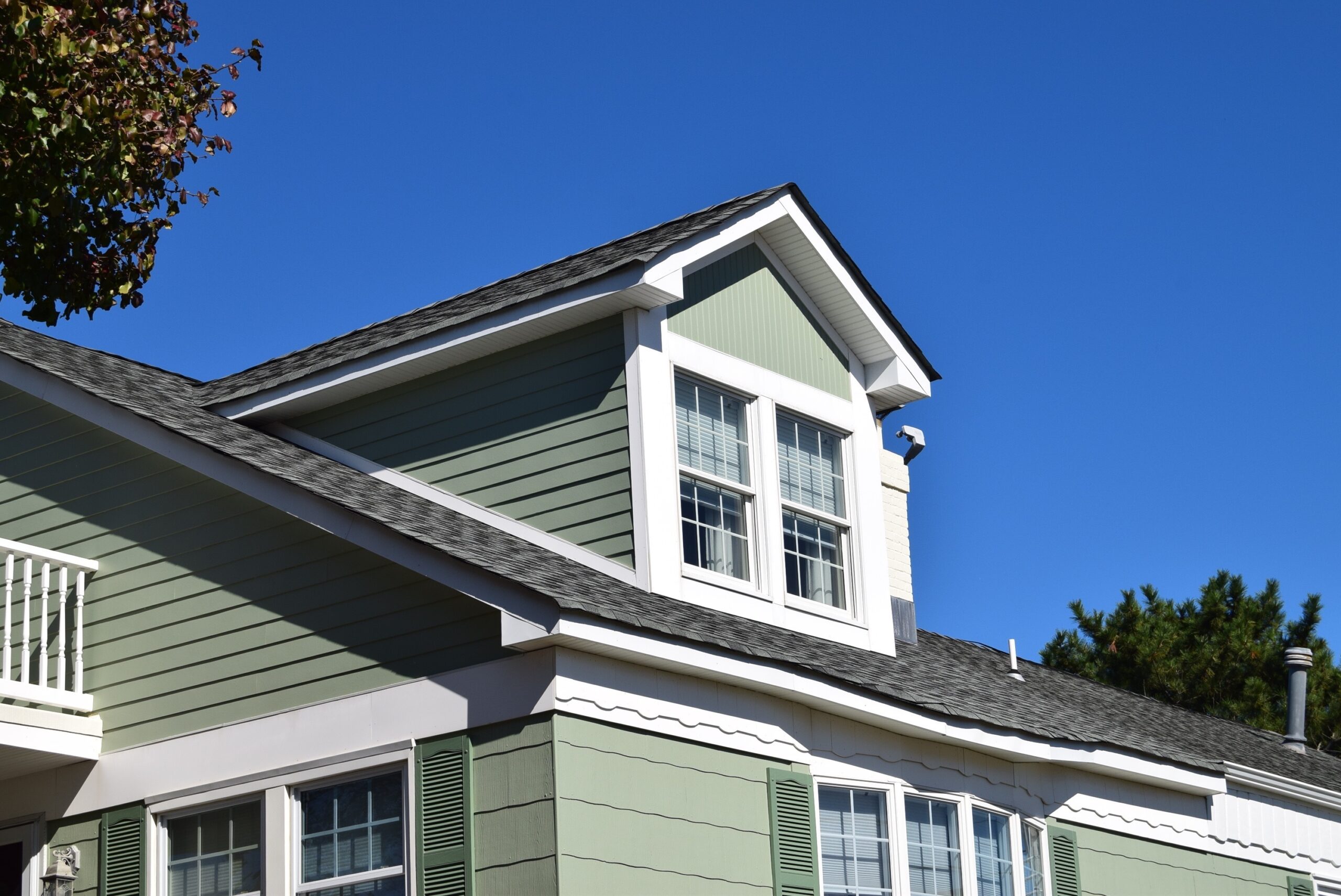How many downspouts does your home need?
The number of downspouts your home needs depends on its size and roof design. The downspouts lead water away from your roof gutters. The water travels down the tubes or pipes to the ground where it may come into contact with a concrete pad or channel that directs it away from the building. This is necessary to preserve the building’s foundation.
Larger homes and commercial buildings require downspouts at the corners and lower areas of the roof line for the best water runoff. Rainwater can overflow roofs and cascade down the side of a building without a good runoff system. The water can flow through cracks in a building, windows, and doors and cause flooding. Water that seeps into building walls can lead to mold and mildew buildup.
Heavy rainstorms move quickly through the Lynchburg area. This region of Virginia also receives occasional snow. You should have reliable roof gutters and attached downspouts to permit the even flow of water away from your building during rain and melting snow.
Types of Downspouts
The downspouts are usually pipes measuring 2″ x 3″ or 3″ x 4″ in size. Round downspouts can be three inches to six inches in diameter. They can be any length to reach from the roof gutters to just above the ground. The bottom end of the spout is typically angled so that it can direct water away from the building.
Downspouts should be seamless to allow for the smooth, unobstructed flow of water. The pipes can be metal or a plastic material such as vinyl.
Metal downspouts can be made from aluminum, copper, copper-penny aluminum, galvanized steel, special weathered zinc, paint grip steel, and other composite metallic materials. The type of downspout material must be compatible with the rain gutters. It should be free from corrosion.
The size and shape of the downspouts will depend on the roof and gutter system. The downspouts must connect easily to the edge or the lowest part of the rain gutter.
Homes, condominiums, and commercial buildings require the best downspouts that are easy to clean. Rain gutters should keep debris such as leaves and twigs out of the drain spouts with the help of gutter guards. The downspouts can be washed out with a hose when gutters are cleaned.
Freezing weather can create ice dams in the gutters that prevent water flow into the drain spouts. The ice dams form when the snow starts to melt even in freezing temperatures. Heat from the home can move through the attic to melt snow on the roof. The melted snow moves into the gutters where the temperature is below freezing. The water then freezes again building the ice dams. The ice does not move down into the spouts until it melts.
Adequate attic insulation can reduce or even eliminate interior heat from warming the roof in cold weather. A well-insulated building will also save energy while it protects the roof and gutter runoff system.
Added Protection
Roof gutters and downspouts will keep the water moving through the runoff system during heavy rains. The right gutter guards will keep the gutters and downspouts free of debris.
Additional downspouts at low points on your roof will provide the best protection during the heaviest rains. This is important during the year, especially during summer when this area can receive the remains of a tropical storm or hurricane that moves inland from the coastal regions.
Contact Home Evolutions VA for more information on the addition of downspouts for your home or commercial building. We install gutters and K-Guard products for residences and commercial buildings in the Lynchburg and surrounding areas.







